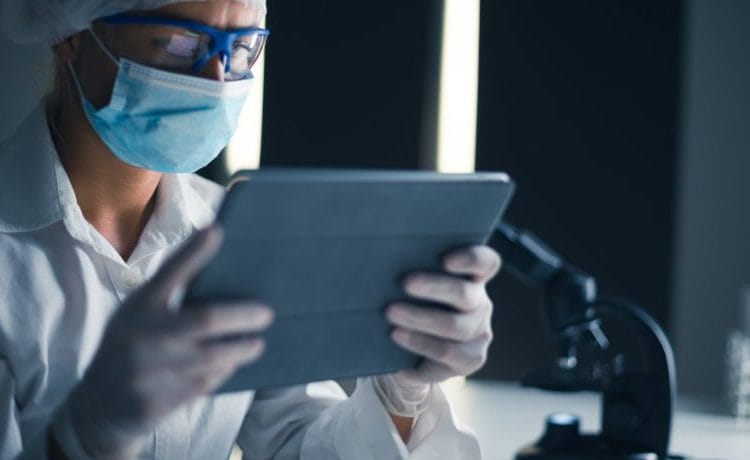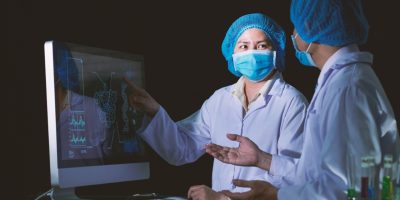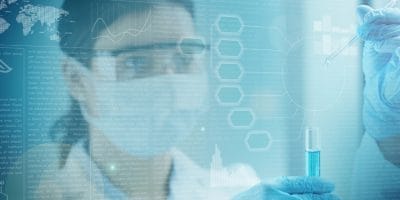The Pistoia Alliance’s Methods Database Project and the Future of Digital Method Exchange

In our most recently published article, “The Pistoia Alliance’s Methods Database Project: Instrument, Chromatographic Data System, and Vendor-Agnostic Digital Transfer of Machine-Readable High-Performance Liquid Chromatography-Ultraviolet Methods Using the Allotrope Data Format,” which appeared in the Journal of Pharmaceutical and Biomedical Analysis, researchers from Merck, GSK, ZONTAL, and other organizations outline a breakthrough in digital method transfer for HPLC systems. Here, we review key highlights.
The Pistoia Alliance—a not-for-profit organization aimed at improving innovation in life science R&D—identified a major bottleneck: the manual and error-prone transfer of analytical methods. To address this, they developed a fully digital, vendor-agnostic solution for transferring HPLC-UV methods and results using the Allotrope Data Format (ADF) and semantic data modeling. Their work represents a pivotal advancement in streamlining lab operations and ensuring method reproducibility.
Allotrope Framework: Enabling Digital Method Exchange
Recognizing the need for a universal, machine-readable format, the Pistoia Alliance selected the Allotrope Framework to underpin their Methods Database. This includes the Allotrope Foundation Ontologies (AFO), Allotrope Data Models (ADM), and the Allotrope Data Format (ADF). Together, these technologies enable consistent and semantically rich data representations, ensuring interoperability across different chromatography data systems (CDS) and instruments.
The ZONTAL Methods Database: A Central Hub
ZONTAL’s Life Science Data Platform served as the foundation for the Methods Database. Designed to automate data integration, manage workflows, and provide seamless data analytics, ZONTAL’s platform natively supports Allotrope standards, making it an ideal solution for executing and managing analytical methods. Through ZONTAL, the project demonstrated centralized digital storage and direct execution of HPLC-UV methods without manual reentry.
Pilot Study: Transforming Method Transfer Workflows
The pilot phase successfully demonstrated the digital, bidirectional transfer of HPLC-UV methods between two leading CDS platforms: Empower™ (Waters) and OpenLab™ (Agilent). By developing specialized adapters and converters, the project team enabled the following:
- Digital import and export of HPLC methods between different CDS platforms
- Centralized storage of methods in ZONTAL’s Methods Database
- On-demand visualization and analysis of chromatographic results
- Seamless overlay and comparison of chromatographic data across different sites and hardware
Importantly, the pilot eliminated the need for manual transcription, reducing errors and improving efficiency.
Building the LC-UV Data Model
The team created two key semantic models: the HPLC-UV Class Model and the HPLC-UV Methods Class Model. These models standardized 55 essentials method parameters for HPLC experiments. By embedding rich semantic relationships among parameters, the models allow for advanced query capabilities, facilitating improved method lifecycle management, faster troubleshooting, and enhanced reproducibility.
Key Results: Successful Cross-Platform Transfers
The study demonstrated successful method transfers across instruments at MSD and GSK, confirming the following:
- Minimal variation in chromatographic parameters (retention time differences of approximately 1.35%)
- High reproducibility across different systems and locations
- Error-free digital method transfers without manual data entry
Scientists were able to instantly visualize, compare, and validate methods and results, significantly streamlining method development and transfer processes.
Future Directions
This project represents a major step toward creating a fully FAIR (Findable, Accessible, Interoperable, and Reusable) data ecosystem. With standardized, semantically rich method and result data, organizations can simplify regulatory submissions, enhance method reusability, and drive innovations in digital lab automation.
The success of this pilot underscores the power of collaboration in the life sciences and the growing importance of standards and interoperability. The Methods Database project paves the way for future expansions, including broader instrument support, deeper ELN/LIMS integration, and more sophisticated data analytics applications.
Conclusion
The Pistoia Alliance’s Methods Database project is a significant advancement in digital laboratory transformation, setting a new standard for method and data interoperability. With tools like the ZONTAL Methods Database and the Allotrope Framework, laboratories can now achieve true digital method exchange—reducing errors, improving efficiency, and opening the door for next-generation analytical insights.
To learn more about this groundbreaking work, the full article can be accessed here.
 >
> 

